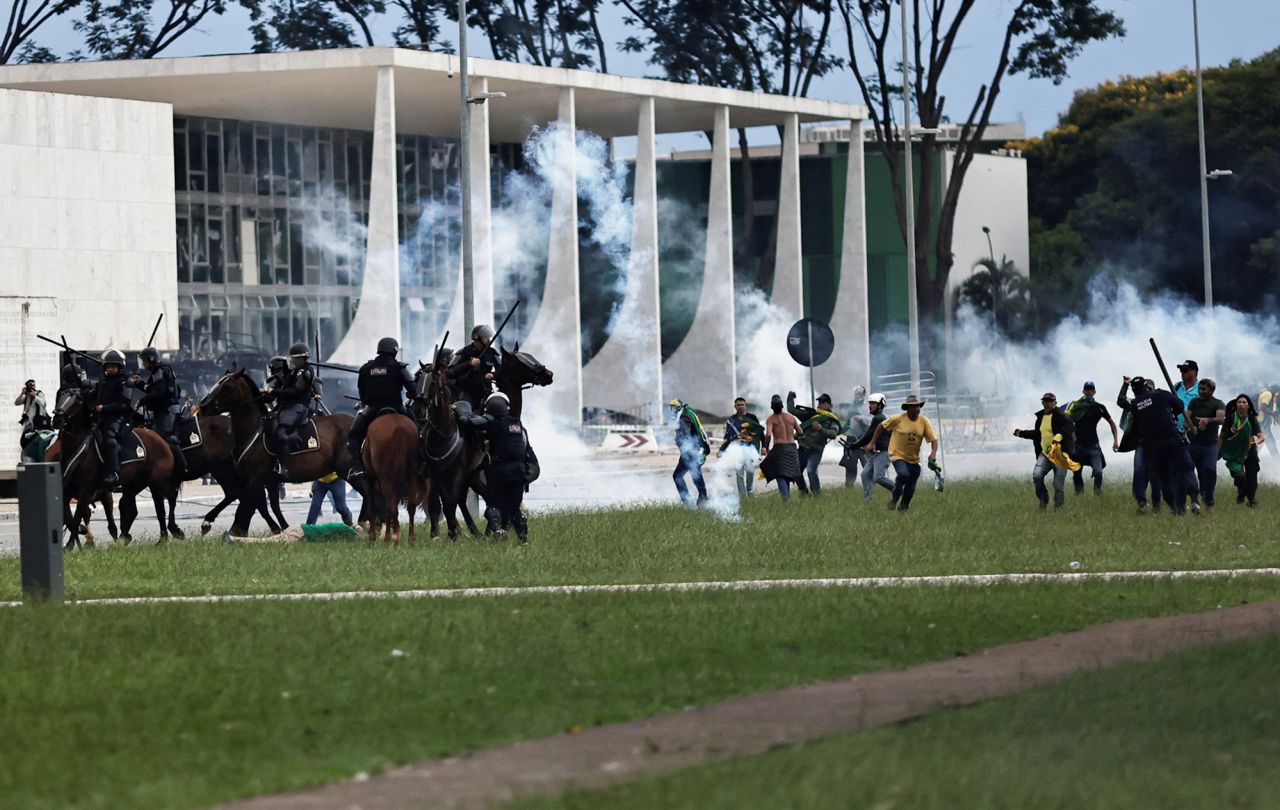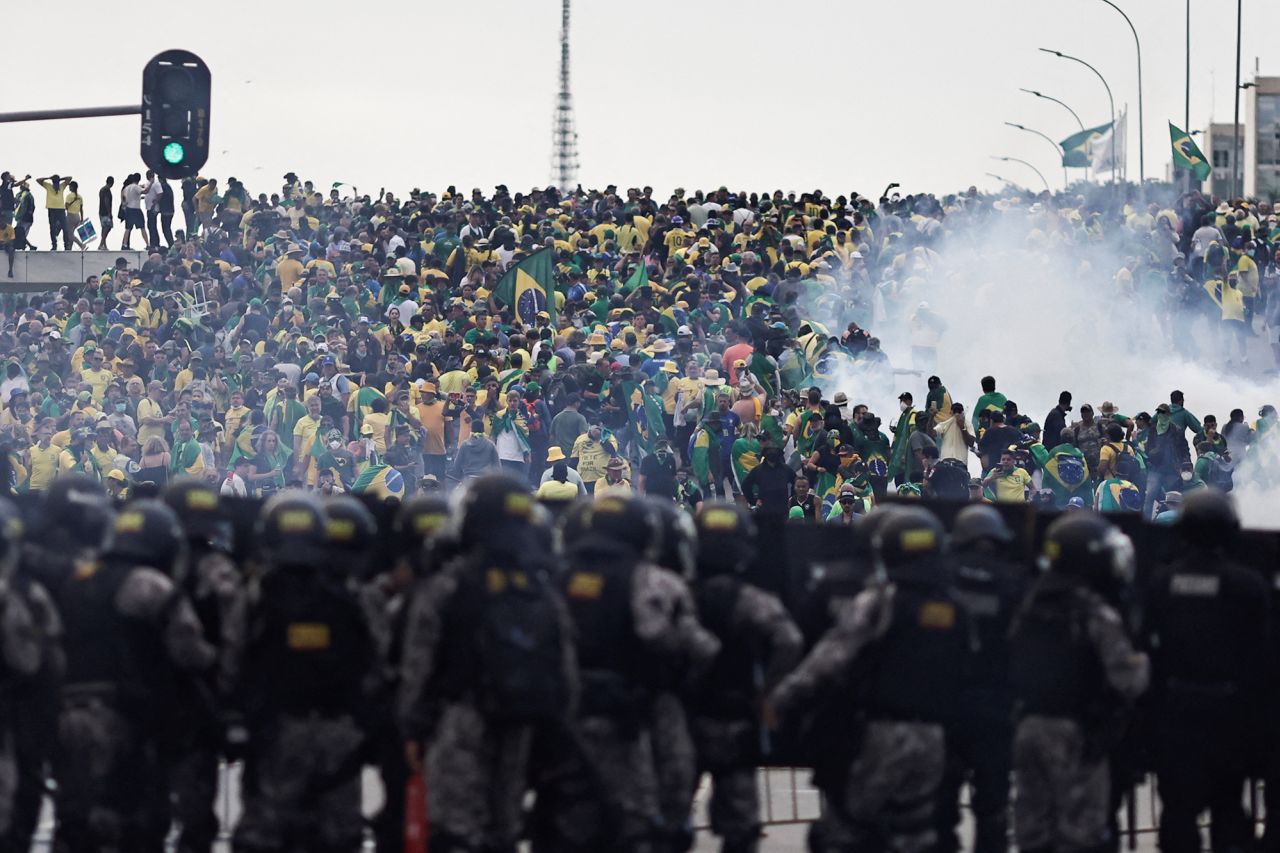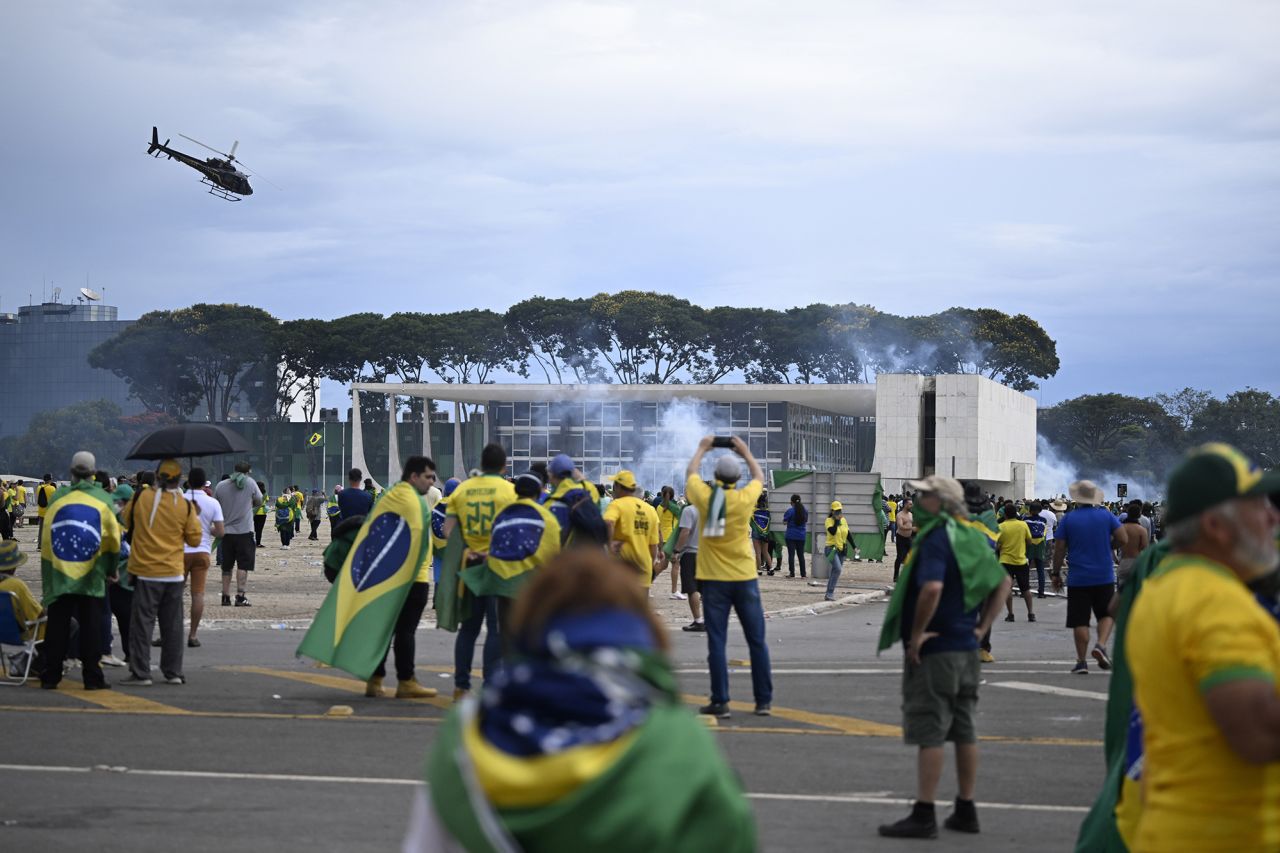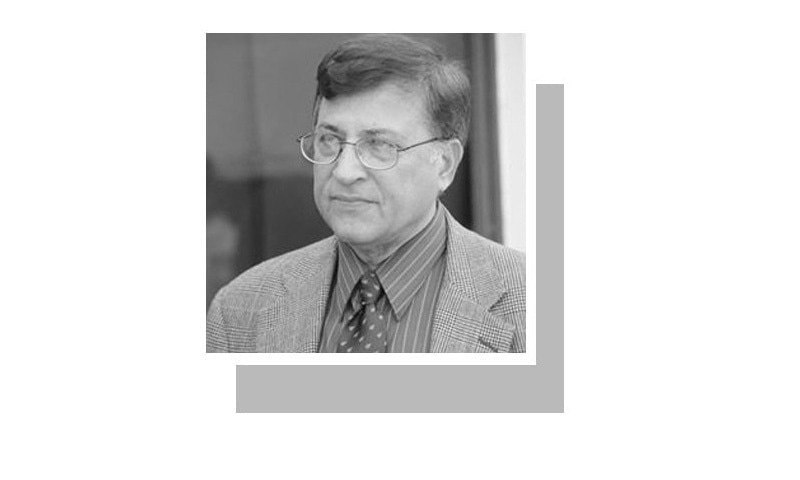
Photo: Shutterstock
A growing swarm of debris in space has led the US government to attempt to set new space hygiene norms, while private companies are also investing in ways to tackle the messy orbital environment.
Thousands of commercial satellites are being launched into Earth's orbit at a record pace, driving up the risk of collisions that could spawn swarms of hazardous debris. And with no set norms for military space behaviour, some fear a potential space weapon attack that could generate far more debris.
At stake are billions of dollars in assets - the orbital devices crucial to navigation and smartphone maps, text messaging, calls and internet connections that are used by industries and people globally.
US Space Command on Friday released a formal list of what it views as responsible space behaviours, in a bid to steer military norms in orbit.
"The idea is we hope our adversaries do the same," Brigadier General Richard Zellmann, deputy director of the command's operations unit, told Reuters.
The wide-ranging report includes a section on space debris that urges space players to dispose safely of their defunct satellites and notify other operators if any problems with their spacecraft might pose a debris hazard.
"You have to find a way to allow the economy to grow in the space domain, and in order to do that you need to make sure that it remains sustainable," said Zellmann, who oversees much of the Pentagon's space tracking efforts.
"Key to that is going to be ensuring that we can either solve that debris problem, or at least mitigate it to the point that it's acceptable."
While governments try to tackle international rules, the immediate response to the littering of orbit is coming in large part from the private sector.
Tokyo-based Astroscale, with subsidiaries in the US and Britain, is testing a debris removal device called ELSA designed to latch onto defunct satellites and drag them toward Earth's atmosphere for a fiery disposal.
Jack Deasy, vice president of business development at Astroscale's US subsidiary, said industry-specific policies for space behaviour similar to the norms proposed by US Space Command are urgently needed before a catastrophic collision occurs that could lead to burdensome regulations.
"That kind of rushed, crisis-driven thing is not always the best way of setting up long-term policies that sustain the ecosystem," he said.
Elon Musk's SpaceX has launched thousands of Starlink internet satellites in low-Earth orbit in recent years. A handful of other companies, including Jeff Bezos' Amazon, plan to do the same.
"Particularly in the (low-Earth orbit), which is increasingly crowded, the people who are investing billions of dollars to run those constellations have a lot of incentive to keep that clean themselves," said Deasy.

Starlink satellites. Photo: Unsplash / Forest Katsch
Astroscale this week closed a series G funding round that brought in US$76 million (NZ$122m), a substantial sum in an industry otherwise facing a drought in investment as investors seek safer bets amid rising inflation.
Putting the firm's total funding at US$376m (NZ$604m), investors included Mitsubishi Electric and Japanese billionaire Yusaku Maezawa, a prospective passenger on SpaceX's next-generation Starship rocket system.
"Garbage scattered in outer space can become a big problem in the future," Maezawa tweeted on Monday as he announced a $23m (NZ$37m) investment in Astroscale.
Another part of the space debris mitigation equation is in-space satellite servicing, concepts in development by dozens of firms including Astroscale, Northrop Grumman, Maxar and Airbus. The idea: deploy service satellites to approach and latch onto broken or fuel-spent spacecraft to extend their lifespan.
Those mission extension concepts, which Astroscale and Northrop Grumman have begun testing in space, have sprouted a patchwork of other companies looking to build on the momentum.
Australia-based Neumann Space, for instance, is developing a technology that could help recycle old, defunct satellites into fuel - using the scrap metal to generate plasma thrust for new satellites. That could be used in partnership with satellite-serving companies, it hopes.
"It's great because you can do mission extension by refuelling with what's already in space," Neumann chief executive Herve Astier said. His company plans to launch a test satellite in June.
"Using the metal that's already there, that's a way to move forward in terms of sustainability."











